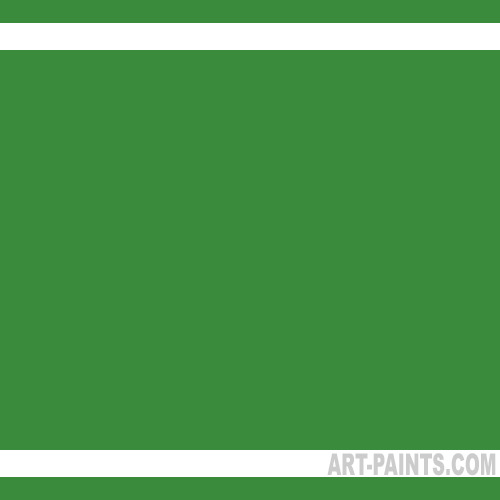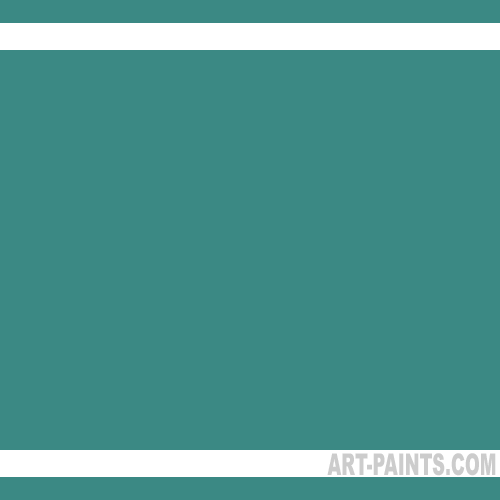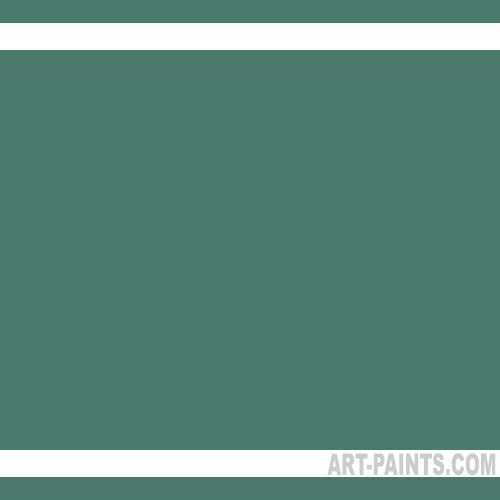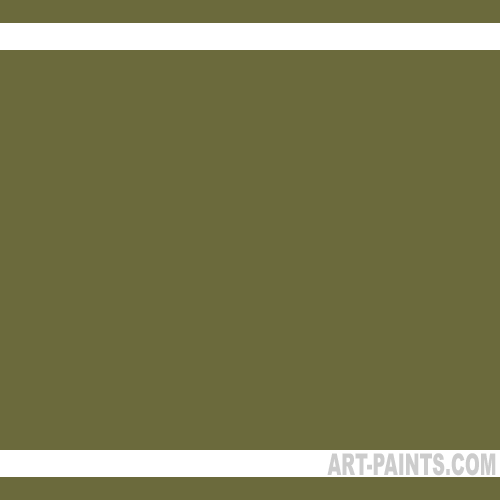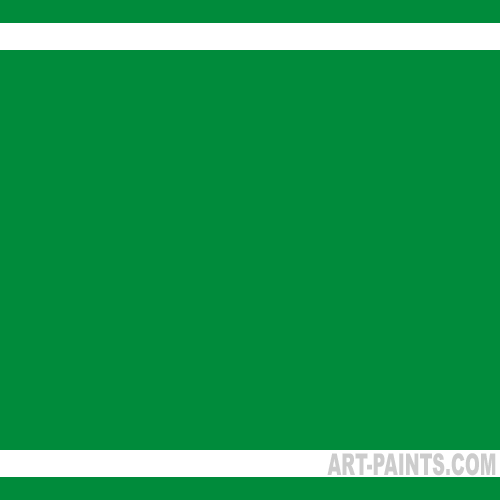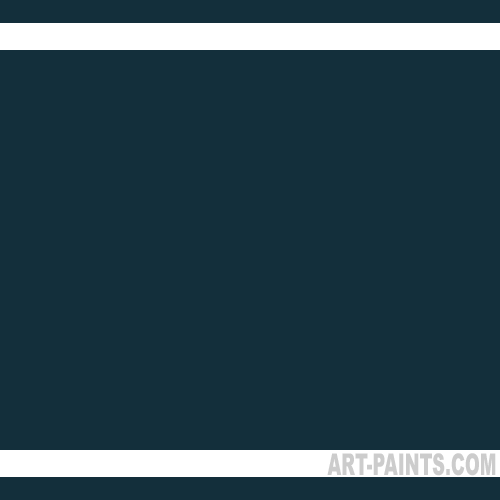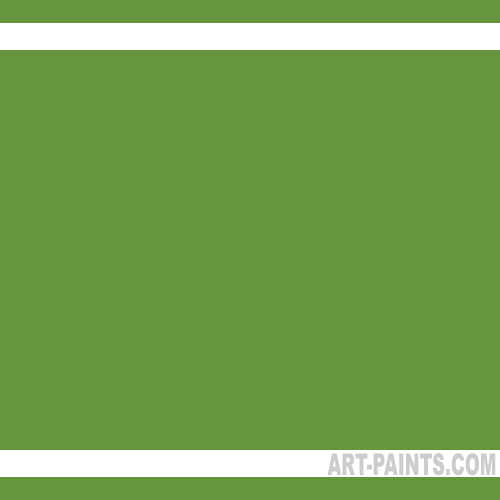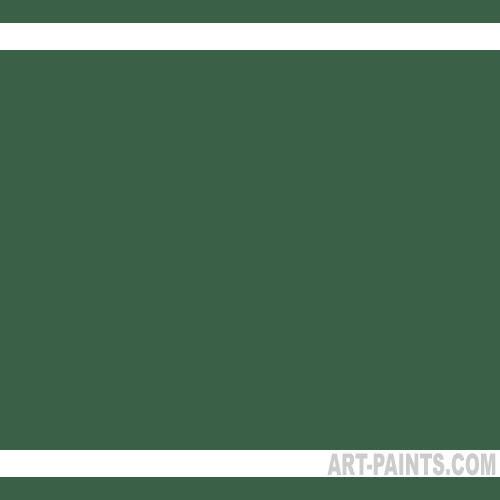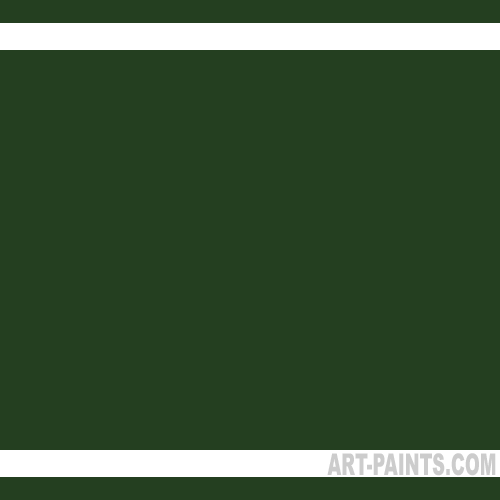Green grass, green trees and the green waters of the Caribbean are all compelling and frustrating for a beginning painter.
If you’ve deviated from an instructor’s suggested supply list, you’ve probably snatched a tube or three of lovely green hues to add to your paint box.
The colors are vibrant, and you just couldn’t wait to see them in your next landscape. How disappointed you must have been when you stood back to examine your work. There was not a natural green to be seen and you really thought that those tubes would bring your painting to life.
Your instructor truly had a reason for limiting your green paint purchases. Those lovely hues are wonderful, but using them straight from the tube is just a disaster waiting to happen. Green pigments are very useful, but a student needs to learn how to use them in context with the color wheel, and employ them as an additive rather than a basic color.
Green Pigment
Early artists had very few natural green paints. Pigments derived from plant sources are typically dull and weak. They are also fugitive colors that will not maintain their color or vibrancy over time. The few mineral sources such as malachite are too pale and verdigris is unreliable. Therefore, most green paints are actually a combination of yellow, blue and other colors to add subtlety to the hue.
In the 19th century, technology had progressed so that permanent and brilliant paints could be developed. We now have a great array of greens to tempt and entice us. Understand the distinct character of various green hues, and learn how they can enhance your painting experience.
Green Paints In Your Paint Box
You don’t need green paints if you are knowledgeable about paint mixing. Your yellows, blues and additional hues can be used to create almost any green you need. However, there are several greens that are very useful and a great many that are fun to have and use.
Adding green paints to your tabouret is like adding unusual spices to your spice rack. They are not necessary, but they expand and enhance your palette and your painting experience.
Chromium Oxide Green
Chromium Oxide Green is a very stable pigment. It is not toxic, but it can be an irritant. It is very opaque color and is soft and subdued. It works well to blend with other colors to create delicate, natural green tones.
Cobalt Green
This green has a good deal of blue undertone. It is semi-transparent and is a muted color. This color is less frequently used than some other green shades.
Hooker’s Green
Hooker’s Green was actually created by a man named Hooker. He wanted a ready-to-use green for his botanical illustrations. It’s a deep green with a blue cast that is very useful.
Olive Green
This subdued green color is not intense. It has a yellow tinge and lacks intensity. This is not necessarily a bad thing when using it to create landscapes. However, it is a color that can easily be replicated using your own basic colors.
Permanent Green
Permanent Green is a very bright, juicy green. It is very vivid and warm. A bright, crisp Granny Smith apple is this color. Use caution, as this is just too green to be real in nature.
Phthalo Green
A dark, bluish green that has a high tinting strength, this color is really not necessary for one’s palette, but the Phthalo colors are good for mixing other shades.
Sap Green
A color that shows up in nature quite a bit, sap green is easily blended with other colors to work well with landscapes. It is lightfast and transparent.
Terre Verte Or Green Earth
This is a weak, muted color that is not really all that popular. However, it’s really a very lovely color that works well for painting flesh tones as well as use in landscapes.
Viridian Green
Viridian Green is standard on most artists’ palettes. A strong, staining color that is translucent and vivid, Viridian Green is very useful for blending to create strong colors. It is almost black straight from the tube.
Greens are fun to add to your paint box, but a beginning artist should work on creating his own greens. You’ll learn how to create greens that work in your landscapes and still life florals. You will also see how much of the time you aren’t really using green at all.
As you develop skill in creating and using convincing greens in your work, treat yourself and add a few tubes of green to your tabouret.
